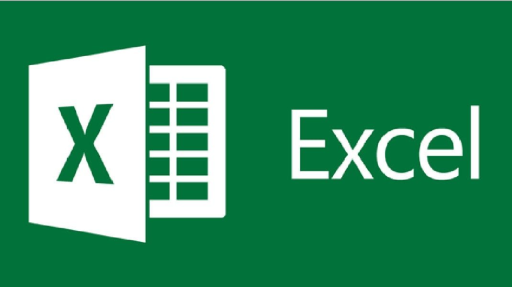Entrance Announcement
MICTE 2080
2080 Magh 07
User:Aasha parajuli Real teaching lesson plan 22: Difference between revisions
Jump to navigation
Jump to search
Created page with "Subject: Computer Science Class: 6 Unit: 12 Topic: Microsoft Excel Number of Student: 65 Name of School: Adarsha School Time: 45 minutes == '''Objective:''' == Students will learn the basics of Microsoft Excel, including creating spreadsheets, entering data, and performing simple calculations. == '''Materials Needed:''' == * Handouts with Excel keyboard shortcuts (optional) * Whiteboard and markers == '''Introduction (5 minutes):''' == # Greet the students and..." |
mNo edit summary |
||
| Line 61: | Line 61: | ||
* Explore more advanced features of Microsoft Excel, such as charts, graphs, and functions. | * Explore more advanced features of Microsoft Excel, such as charts, graphs, and functions. | ||
* Discuss real-world applications of spreadsheets and how they are used in various industries for data analysis and decision-making. | * Discuss real-world applications of spreadsheets and how they are used in various industries for data analysis and decision-making. | ||
_notoc_ | |||
Revision as of 05:54, 7 February 2024
Subject: Computer Science
Class: 6
Unit: 12
Topic: Microsoft Excel
Number of Student: 65
Name of School: Adarsha School
Time: 45 minutes
Objective:
Students will learn the basics of Microsoft Excel, including creating spreadsheets, entering data, and performing simple calculations.
Materials Needed:
- Handouts with Excel keyboard shortcuts (optional)
- Whiteboard and markers
Introduction (5 minutes):
- Greet the students and introduce the topic: Microsoft Excel.
- Explain the importance of spreadsheets for organizing data and performing calculations.
Activity 1: Getting Started with Microsoft Excel (10 minutes):

- Demonstrate how to open Microsoft Excel on the computer.
- Show the basic layout of the Excel interface, including the ribbon, toolbar, and worksheet area.
- Explain the different parts of a spreadsheet, including cells, columns, rows, and the active cell.
Activity 2: Creating a New Spreadsheet (10 minutes):
- Guide students through the process of creating a new spreadsheet:
- Click on the "File" tab.
- Select "New" to create a blank workbook.
Activity 3: Entering Data and Formatting (15 minutes):
- Explain how to enter data into cells and use basic formatting options such as:
- Font style, size, and color
- Bold, italic, and underline
- Alignment (left, center, right)
- Cell borders and fill color
Conclusion (5 minutes):
- Recap the key points learned about Microsoft Excel, including creating spreadsheets, entering data, formatting cells, and performing calculations.
- Emphasize the importance of practicing and exploring Excel's features to become more proficient with the software.
Assessment:
- Informal assessment through observation during hands-on activities.
- Classwork or homework assignment where students create a simple spreadsheet using Microsoft Excel, entering data and performing calculations.
Extensions:
- Explore more advanced features of Microsoft Excel, such as charts, graphs, and functions.
- Discuss real-world applications of spreadsheets and how they are used in various industries for data analysis and decision-making.
_notoc_